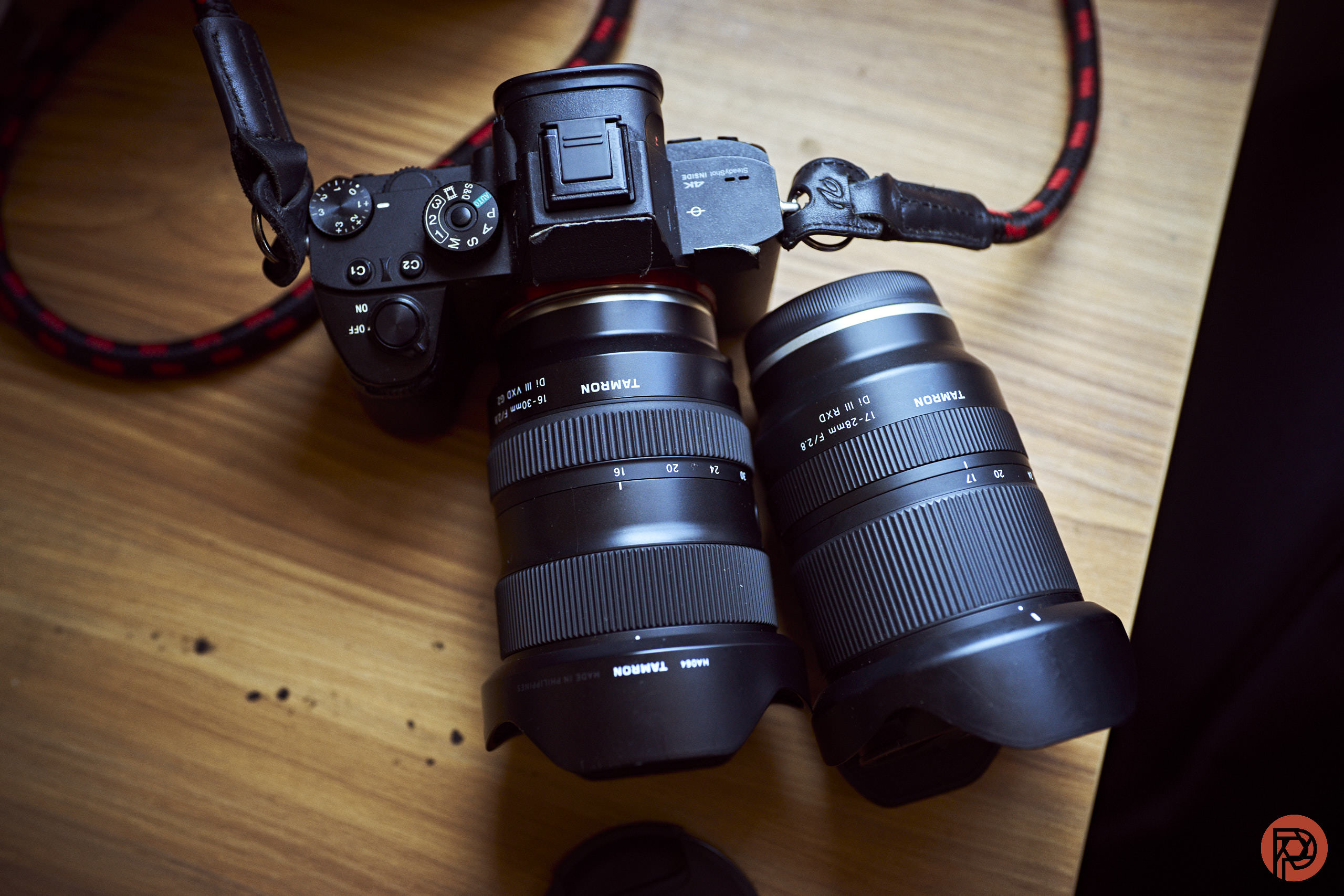
Over a decade ago, I wrote an article about turning off autofocus and instead being more intentional about shooting images by manually focusing your lens. This isn’t the same as telling a camera where to focus the lens, instead, you’re the one doing the focus and therefore then changing so much more about the scene when you focus the lens. It will make you change composition, exposure, etc. When combined with settings the shutter, aperture, ISO, and white balance manually, you become far more in tune with everything that the picture will be. Over a decade ago, I used to shoot without autofocusing and only relying on the manual focus wheel on my old Olympus E-510. And even back then, it was making me think more about my shots, framing, and forcing me to concentrate more on achieving the perfect photo that I have set in my mind already instead of the one that the camera thought I wanted.
Sometimes, this is best done with your EVF over your LCD screen. And sometimes, it varies. It all depends on the resolution of each and how the scene actually look when magnified or not.
Back then, the world of commercial and event shooting has called for the “spray and pray” method of shooting. That idea then was passed onto social media photographers who don’t actually use any skill to get the images. Instead, they’re just holding a button down. If that’s the case, then why hire them or why pay attention to them when anyone can do this with a little bit of money?
Beyond this, autofocus hasn’t really improved all that much over the past decade.
Photographers spend lots of time working with their cameras to figure out where all the buttons and stuff are. But how many do the same with their lenses? If you shoot street photography and zone focus, I’m sure you’ll get this done a whole lot easier than not.
Over a decade ago, I asked the question, “Can you twist the focus wheel on your lens and know exactly at what depth it will focus without looking through the viewfinder but instead just by feeling it?”
For me, the answer is yes, with some lenses.
Back then, autofocus wasn’t always the best. Today, it’s good — and the focusing aids involving AI scene detection make things even better. But relying on those tools all the time doesn’t make for intentional shooting. It’s the difference between making a pizza totally from scratch vs buying a pre-made pizza that’s frozen and shoving it in the oven or microwave for a bit. In the case of scene detection, you’re getting a pre-made pizza based on a database.
How many of you go out to buy pre-made frozen pizza vs a fresh pie?
To that end, I feel like in most cases, peak photography can be done through rangefinder cameras. Of couse, that’s different based on visual competency, visual impairments, and the type of work that you’re doing. I’m not saying that photographers didn’t make great photos of wild animals in the past using manual focus lenses, but it was surely much more difficult.
In my old article, I named a great example of something many photographers do: focusing through glass.
Take for example the photo above: the focus is on the writing on the window which was carved into it by one of the house’s previous owners. How many systems do you really think would have been able to capture something like that while autofocusing? Many systems would probably “think” that the photographer would want to take a picture of the beautiful garden outside. However, that may not be what the photographer may want.
This then makes you think more about the images and focus more on the composition of the overall photo more than anything else. The reason why is because you’re bound to compose the image before you focus and therefore then make the shoot much more intentional.
Trust me when I say that this doesn’t always happen in practice these days.
I’m now nearly 40 though, and even after two eye surgeries, I understand how it could be harder for folks with not so great vision. And let’s be honest, you shouldn’t lie to yourself about your vision quality.
Years ago when using a zoom lens, I’d zoom in on the exact point that I’d want to focus on (with the lens that is) focus on the subject, and then zoom out. This absolutely works best with zoom lenses, especially if you’re on a tripod. And there’s a reason involving physics here: the wider the lens is, the more in focus a scene is at a given aperture. You then also use your lens to recompose the scene.
The point overall is that it’s time for photographers to become more intentional about the images that they’re making. We don’t need to shoot 20 frames a second. We just need one really good image to move people because that’s all they’ve got the attention span for anyway.

